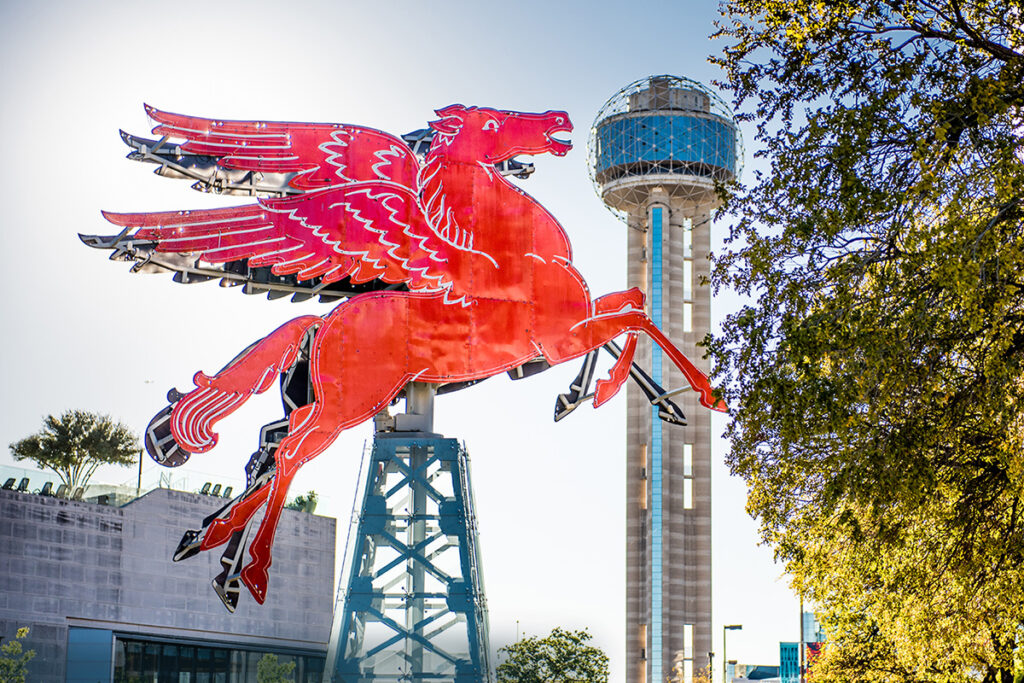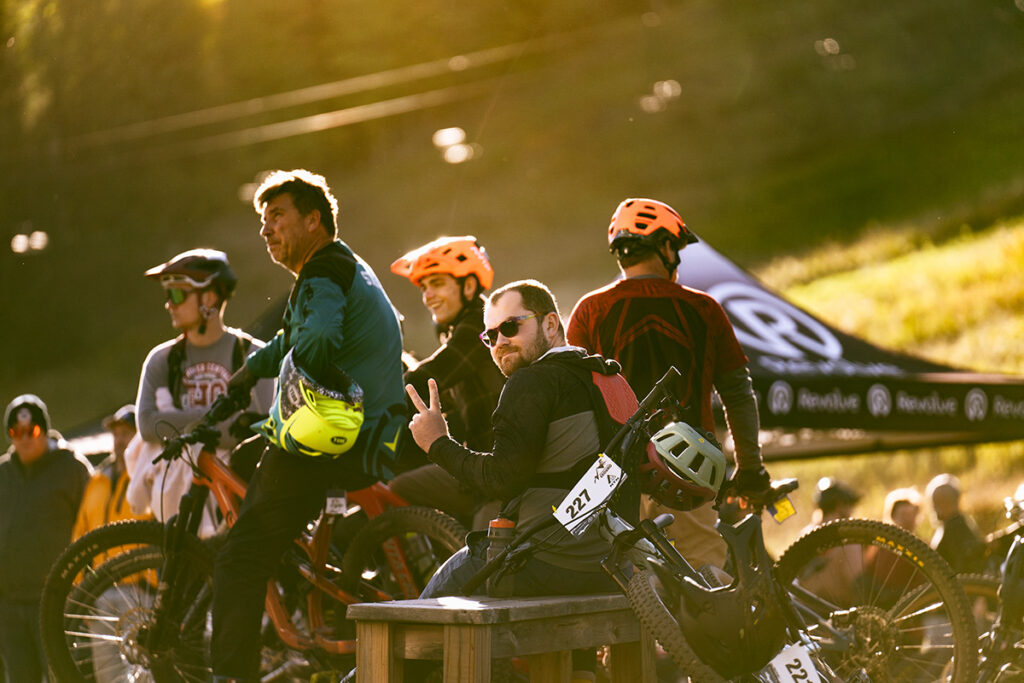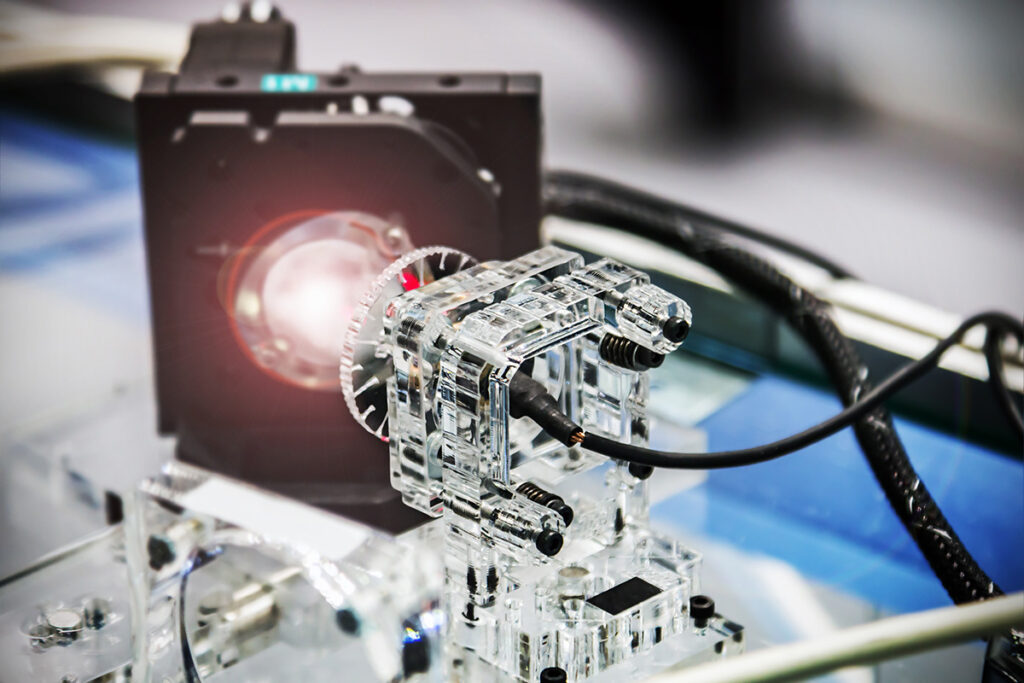The rapid deployment of technologies like autonomous robotics, additive manufacturing, and generative AI, coupled with a surge in federal funding, has highlighted the importance of regional innovation ecosystems. Yet, placemaking’s role in connecting innovation assets, encouraging interactions, and enhancing collaboration is a critical piece of the puzzle that is often overlooked. This post explores two innovation hubs: North Carolina’s Research Triangle Park (RTP) and Pegasus Park in Dallas, Texas, to illustrate how placemaking strategies have adapted to succeed in today’s innovation environment.
Insights about both developments can be traced to TIP’s recent work on From Insights to Impact: Fostering Innovation Through Texas Higher Education, a statewide technology transfer and commercialization plan for the Texas Higher Education Coordinating Board. RTP was profiled in a qualitative analysis of state and institutional best practices that informed the recommendations. Stakeholder outreach for the plan engaged more than 400 individuals through statewide roundtables, including a session in Dallas at Pegasus Park.
Placemaking and Innovation: Then and Now
The advent of research parks in the 1950s leveraged high-performing scientific institutions to attract research and development (R&D) jobs. Originally devised to retain scientific and technological talent graduating from area research universities, over time placemaking strategies for these parks began to cater to the needs of job creators, namely large corporations. Early parks were centered on the corporate needs of R&D branches and the suburban lifestyle preferences of talent. Firms kept new ideas in-house to retain their market advantages, while workers valued living in single-family housing communities, geographically isolated from urban hustle and bustle.
Today, innovation is driven not only by large firms but also by startups seeking to disrupt existing markets through the adoption of products and services based on emergent technologies. This model relies on the venture capital industry as the primary source of financing for small, private, R&D focused firms. Because most new ventures fail, fund managers operate with the understanding that every deal should have the potential to represent the sole positive return on investment for an entire fund. Venture capital, therefore, incentivizes rapid growth. For startups, growth is heavily influenced by access to a network of investors, customers, talent, mentors, advisors, grantmakers, technical support providers, industry clusters, and other stakeholders. As a result, activating these networks by maximizing the density of industry-relevant actors and meaningful interactions has become an essential component of 21st century placemaking efforts for innovation.
Because of the premium placed on facilitating stakeholder interactions—ranging from universities, startups, corporations, government, and investors—innovation districts are an increasingly popular approach to building innovation ecosystems. While the term ecosystem describes the relationships between these stakeholders, it does not suggest the physical clustering of stakeholders and assets achieved in a district. Innovation districts provide a useful placemaking framework by combining quality of place concepts with the resource density and sector diversity that venture-backed startup growth demands.[1] By concentrating assets in an identifiable and accessible area, innovation districts enable cross-sector collaborations, promote social connectivity, and foster knowledge spillovers.
Reimagining Placemaking of the Past: The Research Triangle Park
RTP represents a widely successful research park that is adapting to an innovation district model. Established in 1959, RTP is an unincorporated area located roughly equidistant from Duke University in Durham, the University of North Carolina at Chapel Hill, and North Carolina State University in Raleigh. The park spans over 7,000 acres across two counties and is managed by a nonprofit, the Research Triangle Foundation (RTF) of North Carolina. RTP was designed as a car-accessible employment center, with zoning and infrastructure intended to support individual corporations who developed and owned their own research campuses. The park was not zoned for residential construction, nor was its development model accessible to smaller firms seeking temporary and flexible office space. The park successfully shaped North Carolina’s modern economy by creating a competitive employment center for midcentury knowledge workers and corporations. However, the park’s original placemaking investments did not facilitate collaboration between firms, diversity of land use, or interactions within the startup community.
In response to the changing character and needs of innovators, RTF is advancing transformative placemaking efforts to create elements of urban innovation districts throughout the park. RTP’s latest master plan envisions long-range efforts to improve the park’s suitability for businesses and workers seeking connectivity, amenities, and sustainability. The foundation’s first step is to create a downtown via the 100-acre Hub RTP development, which will serve as a social district for the park. Hub RTP’s anchors include a hotel providing recreational amenities, an outdoor space enabling community gatherings, and a brewery adjoining a food and beverage complex. The development will provide laboratory and office space for life sciences; high-profile office and retail opportunities; and residential space, welcoming RTP’s first residents in the park’s over 50-year history.
Following Hub RTP, the foundation’s next step is to pursue a new zoning overlay permitting mixed-use, retail, and housing within the park and allowing more compact research developments to create additional clusters. These changes will enable a diversity of real estate products that are accessible to startups, including incubator and rental space. Because the foundation does not own most of the land within RTP and little developable land is available, partnerships with existing owners will be critical to densify existing campuses through redevelopment. As higher-density residential and research hubs emerge, building out aligned, multimodal transportation networks will increase connectivity and relieve regional transit demand.
Redevelopment for 21st Century Innovation: Pegasus Park
A more recent example of innovation-focused placemaking, Pegasus Park has clustered industry-specific assets to accelerate startup growth within the Dallas-Fort Worth area’s innovation ecosystem. The 26-acre life sciences and biotechnology hub is comprised of public, private, academic, and nonprofit organizations. The hub is anchored by UT Southwestern Medical Center, the largest academic R&D institution in North Texas whose main campus across I-35 from Pegasus Park features several hospitals, university health and biomedical programs, and research facilities.
The park is a mixed-use redevelopment of the former Mobil Oil Corporation headquarters (prior to becoming ExxonMobil) and Zale Corporation, providing entrepreneurs with flexible coworking and wet lab space as well as an on-site food and beverage complex. Startups can access biotechnology research equipment and accelerator programming on a membership basis, while more mature companies can rent private wet lab space to scale commercialization. Simultaneously, the park provides an entry point for investor, corporate, government, and university stakeholders to engage with innovators and scale emergent technologies. Stakeholders for the park also include community, philanthropic, and nonprofit organizations, which are provided office space in a dedicated social impact hub. This hub elevates the visibility of innovation in the Dallas-Fort Worth area by facilitating cross-sector collaborations, underscoring the relationship between technology and society.
Taken together, Pegasus Park’s concentration of innovation assets as a placemaking strategy has delivered tangible results for the city of Dallas and all of North Texas, illustrated by the federal Advanced Research Projects Agency for Health (ARPA-H) investment. This $2.5 billion investment designates Pegasus Park as one of three hubs within the national ARPANET-H healthcare innovation network. Within Texas, Pegasus Park serves as the headquarters of a state healthcare innovation consortium. On a national scale, each hub connects to spokes, or additional consortium members who contribute to the hubs’ innovation missions. The investment in Pegasus Park funds the Customer Experience Hub to innovate inclusive healthcare solutions for patients. Pegasus Park’s placemaking model, which concentrates diverse stakeholders and innovation assets to accelerate the adoption of healthcare solutions, contributed to its positioning for federal investment.
Takeaways
Supporting the elements that enable startup success represents uncharted territory for many economic development organizations. Placemaking strategies aligned with innovation efforts can be powerful for communities in the right circumstances:
- Startups require research and entrepreneurial talent. The world’s most prolific innovation ecosystems rely on a proximate supply of talent from graduate-level science and engineering programs. While communities may rely on regional sources of talent, the absence of a local research university producing scientists and engineers impedes startup growth.
- Ecosystems connect startups to angel and venture capital. The concentration of angel and venture capital is a powerful attractor for startups, representing both a source of funds and mentorship. Venture capital plays an essential role in the innovation ecosystem by extending timelines for startups to deploy market-ready solutions.
- Placemaking strategies alone cannot create startups. Placemaking for innovation can connect innovation assets and build on existing industrial advantages. But placemaking strategies cannot replace assets themselves. Building a coworking space does not mean startups or venture capital will come to your community.
- The built environment shapes human interaction. Past approaches to placemaking shape present communities, whether rural, suburban, or urban. Yet, innovation ecosystems ultimately thrive on interactivity between people. Accelerating social interactions through strategic placemaking—by clustering essential assets, diversifying land use, and improving mobility networks—can generate greater returns on innovation investments.
[1] For more on this topic, see Project for Public Spaces, “Eight Placemaking Principles for Innovation Districts,” (May 9, 2016), prepared in collaboration with the Anne T. and Robert M. Bass Center for Transformative Placemaking at Brookings.
Image credit: Pegasus Park by ExploreDallasHistory.com via Flickr (CC BY 2.0)



